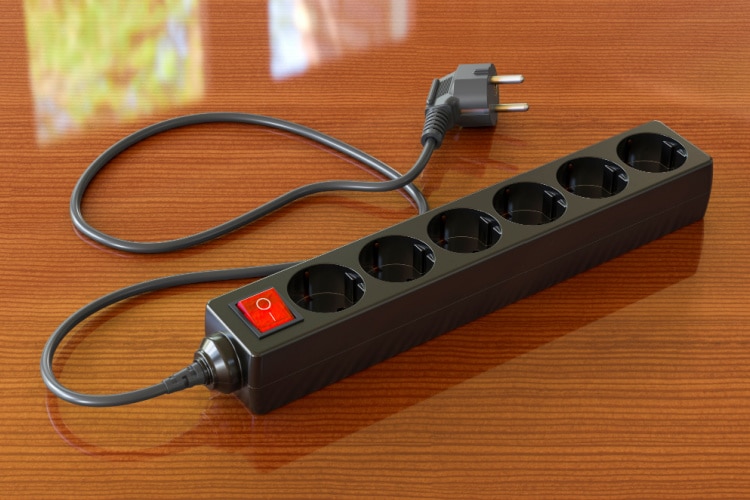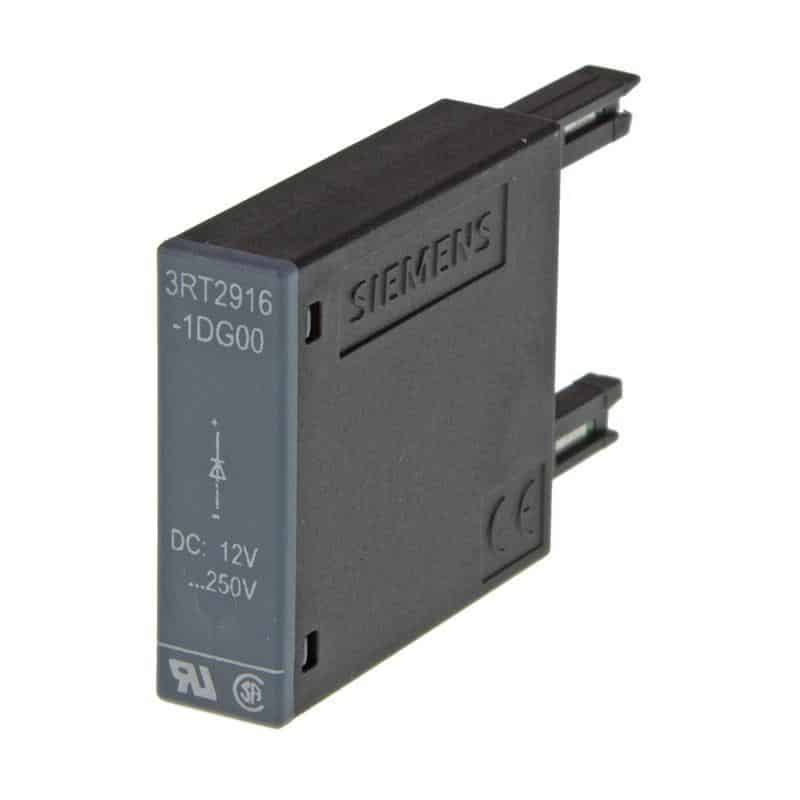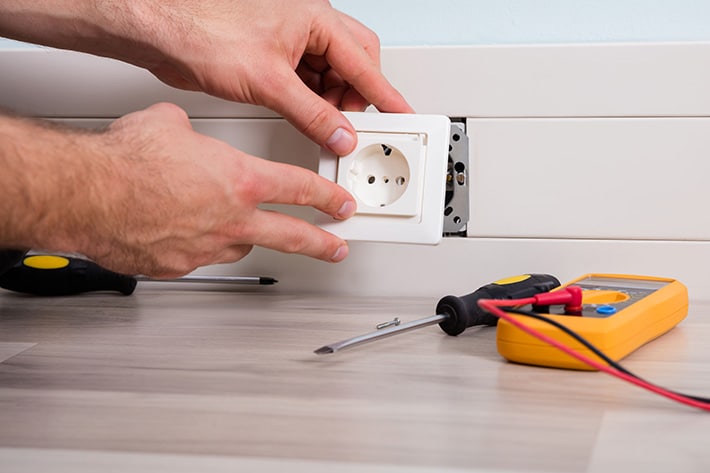Electrical surges are common and may strike any household or office building.
In such a scenario, all it takes is a quick electrical spark to endanger the safety of all the electronic devices within the building.
Experts advise utilizing surge protectors to safeguard our houses from power surges. Or was it surge suppressors?
A surge protector and a surge suppressor are two items people often mix up. However, they’re not the same.
The good news is that both guard against electrical surges, albeit in different ways. In this article, we’ll learn how they differ.
Difference Between Surge Protector and Surge Suppressor
The main difference between a surge protector and a surge suppressor is how they respond to a power surge accident. When there’s a surge, a protector will block the spike in electricity by shutting down the circuit. On the other hand, a suppressor controls or suppresses the voltage while keeping the power steady.
Types
Types of Surge Protectors:
- Secondary surge arrester: guards against external power surges caused by lightning strikes or switching utility capacitor banks. It’s installed on the line side of the primary service entry, between the utility pole and the point where energy enters your service panel.
- Service or Branch surge panel: reduces internally generated surges and saves electronic equipment and CPU loads. It’s installed on the load side of the main service entrance.
- Surge protective receptacles and strips: block lower-level surges. These surges usually damage sensitive electronics such as TVs, computers, and household appliances.
- Surge protection module: safeguards industrial applications, like drives and PLCs (programmable logic controllers). It also offers wired-in surge protection for cabinets housing commercial and industrial components.

Types of Surge Suppressors:
- MOV surge suppressor: known as a metal oxide varistor. MOV shields electronics against voltage spikes in a power line, such as those caused by lightning strikes. It’s straightforward and affordable, used for general purposes and household gadgets.
- Avalanche diode surge suppressor: known to have high electrical resistance. This surge suppressor type is utilized in static guards and data centers.
- Thyristor diode surge suppressor: known for its unique ability to survive numerous power surges that repeatedly happen one after another. It’s mainly used in telecommunications.
- Gas tube surge suppressor: able to handle a very high voltage. It eliminates electrical surges with so-called confined plasma gas. This surge suppressor type is usually found in office buildings or industrial facilities.

Usage
We learned how each device handles power spikes. We also learned how versatile they are and read about their types. The only thing left is understanding how to use them.
Since this article focuses on household electricity, we’ll concentrate on the electric protection targeted and used in households.
So, as the name suggests, a surge protector’s primary aim is to protect. Hence, it’s commonly used for household gadgets and appliances.
Some of the most common items recommended to be plugged into a surge protector are laptops and computers, gaming systems, televisions, routers and modems, office equipment, smartphones, and smaller smart gadgets.
You can even plug two surge protectors in the same outlet, as long as you keep the number of connected devices to a minimum and never plug multiple appliances that require a lot of electricity in one outlet, for instance, a microwave and a dryer.
On the other hand, a surge suppressor’s function is to suppress, which is to control the electric surge while keeping your home’s power supply steady.
Because of this, surge suppressors are mainly installed on telephone and power lines. Lines of communication need to remain functional in case of a power surge.
Surge Protector vs Surge Suppressor Comparison Table
| Category | Surge Protector | Surge Suppressor |
|---|---|---|
| Definition | A device to minimize excess voltage from an electrical surge or spike. Whenever such an accident happens, the protector breaks the circuit. | A device to minimize excess voltage from an electrical surge or spike. When a power spike or surge happens, a suppressor suppresses the voltage and keeps the power steady. |
| Types | Secondary surge arrester: Guards against external power surges Service or Branch surge panel: Guards internally generated surges, like electronic equipment and CPU loads Surge protective receptacles and strips: shield TVs, computers, and household appliances Surge protection modules: safeguard industrial applications, like drives, and PLCs | MOV surge suppressor: General purposes and household gadgets Avalanche diode surge suppressor: Have high electrical resistance and utilized in static guards and data centers Thyristor diode surge suppressor: Survives repeated power surges and utilized in telecommunications Gas tube surge suppressor: Handle a very high voltage and usually safeguards industrial plants and offices |
| Usage | Home appliances and household gadgets | Telephone lines and power lines |
Power Surge 101
A power surge is a spike in voltage that enters your electrical system. These spikes are short and sudden, lasting only a few thousandths of a second. Yet, they are still capable of damaging any linked electrical system components.
The most frequent source of electrical surges is lightning strikes. Even if a lightning strike happens kilometers away, it may still impact our electrical system. Lightning strikes also affect underground conductors.
These electrical surges also occur during an electrical overload. A power overload is when too many electrical appliances draw power from a circuit. In other words, the appliances use more energy than the circuit supports, leading to a surge, melting of the wires, and perhaps a fire.
The Importance of Protecting Our Home Against Power Surges
Our electrical system is vulnerable and susceptible to damage from electrical waves. So we must find a way to protect it during spikes we can’t prevent, such as those resulting from lightning strikes.
While our household gadgets and appliances are replaceable (at a cost), protecting essential technological services and equipment is vital, such as life-saving technology in hospitals.
The tragedy of losing a person simply because the equipment wasn’t adequately protected from a power spike is the primary reason these devices are necessary.
Plus, using these gadgets will save us from those lengthy procedures of repairing damaged electrical equipment, which also costs a lot of money. Surge protectors and suppressors guarantee that the equipment will remain functional.

Conclusion
That’s all about the difference between a surge protector and a surge suppressor.
The main takeaway regarding their differences is that the first device protects & blocks an electric surge. In contrast, the second one suppresses and controls it.
To sum everything up, an electrical surge happens instantly, yet it may cause long-lasting damage to your electrical household equipment unless you protect it.
If you haven’t already, this would be a great time to consider investing in surge protectors and suppressors. They are an affordable safety solution offering extra protection from power surges for your priceless electrical equipment.